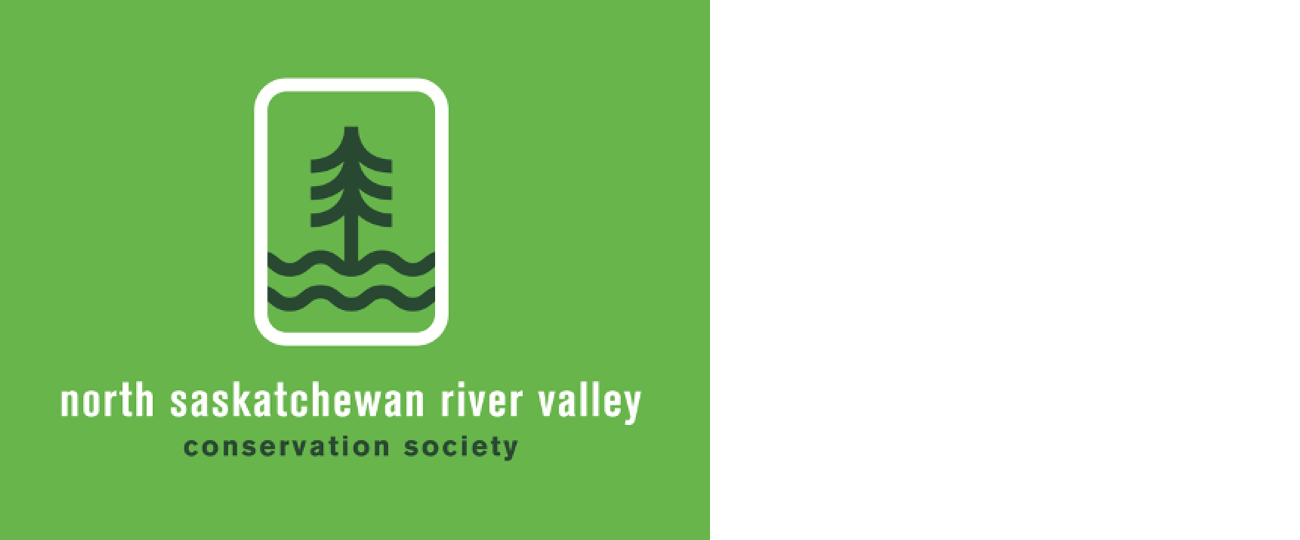Grizzly bear once lived near YEG along the North Saskatchewan River
Grizzly bear playground near Kinsmen Sports Centre
In the late 1700s, high densities of grizzly bears were found in Alberta along the North Saskatchewan River near Edmonton and along the shores of the Bow River and Red Deer River. Grizzly bears were considered common and widespread across the Prairies and the non-mountainous boreal regions of Alberta, Saskatchewan and Manitoba prior to European settlement.
After 1900, the species could only be found in a few small populations on the Canadian Prairies. The settling of land and conversion to agriculture along with human intolerance and hunting were the main reasons for the grizzly bears’ demise on the Prairies. In addition, the decline of the grizzly bear on the prairies coincided with the concurrent decline of the Plains bison, an important food source of the grizzly bear.
The loss of grizzly bears from the non-mountainous boreal plains was not as rapid as in the southern prairies. The extirpation in this region was the result of habitat loss to agriculture, increased settlement, oil and gas development and human intolerance.
Although grizzly bears are extirpated from the Prairies as a population, there have been occasional forays of individual bears from the foothills of the Rocky Mountains onto the prairies of southwestern Alberta. https://www.registrelep-sararegistry.gc.ca/virtual_sara/files/plans/rs_grizzly_bear_prairie_pop_0707_e.pdf
Learn about bats at Larch Sanctuary
On August 19, Edmonton & Area Land Trust will be hosting, from 6-11pm, an evening all about bats. You will learn about the benefit this group of animals provide to our environment, the pressures they are facing and the conservation efforts protecting them from harm.
Bats are an important species in healthy ecosystems. They prey on insects like dreaded mosquitoes and other pests that can potentially transmit disease. Canadian bat species are under significant stress because of habitat loss. Large urban parks like Larch Sanctuary can provide a haven for city bats, with a well-suited habitat of riparian areas, open meadow, forest, and locally made bat boxes.
This event will be split in to two portions. The first part from 6-8pm, will be open to the public by drop-in. Several booths will be set up near a bat box at Larch Sanctuary, featuring experts from the Alberta Community Bat Program and more. For this portion, join the event anytime beside the Smith Crossing pedestrian bridge.
The second portion will be from 8:30-11pm and will require participants to register. A bat box exit survey will be conducted and other nighttime activities under a blue moon. https://www.ealt.ca/event-listing/going-batty-at-larch-sanctuary
City naturalization survey needs your participation
Naturalization is a process that transforms a manicured landscape into one reflective of the natural region. Responsible parkland care means sustainable practices that contribute to a healthy, climate resilient livable city for generations to come. Naturalization helps preserve and celebrate the natural plant and animal species found in our region.
For more than 25 years, Edmonton has been reverting sections of city green spaces to a more natural state through naturalization. The full naturalization process can take ten years or longer. Many of these open spaces are along arterial and collector roadways, around stormwater ponds and in parklands. These areas are not part of the regular mowing cycle, and may eventually be planted with trees, shrubs or wildflowers.
The goal of the city survey, which is open until October 20, is to understand resident awareness and perspectives regarding ongoing naturalization efforts. https://www.edmonton.ca/city_government/environmental_stewardship/naturalization?utm_source=virtualaddress&utm_campaign=naturalization
Edmonton Homelessness Memorial by Keith Turnbull & Ritchie Velthuis, 100 St & 103A Ave Parkette https://www.edmontonarts.ca/public-art/homelessness-memorial
Comment or Contributions
Please note articles may not reflect the position of NSRVCS. River Valley News is meant to be a clearinghouse for the variety of opinions and ideas about Edmonton’s River Valley.
Email river valley photos, event information, comments, or questions to nsrivervalley@gmail.com
Forward this link to anyone you think may want to sign up for this newsletter https://www.edmontonrivervalley.org/newsletter-signup















